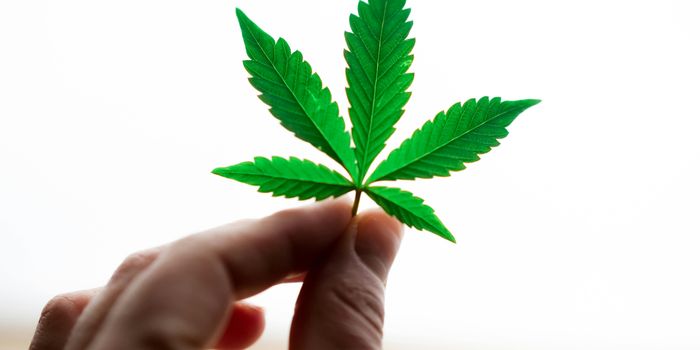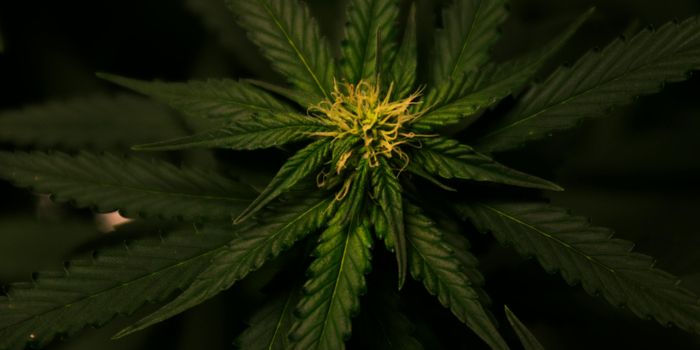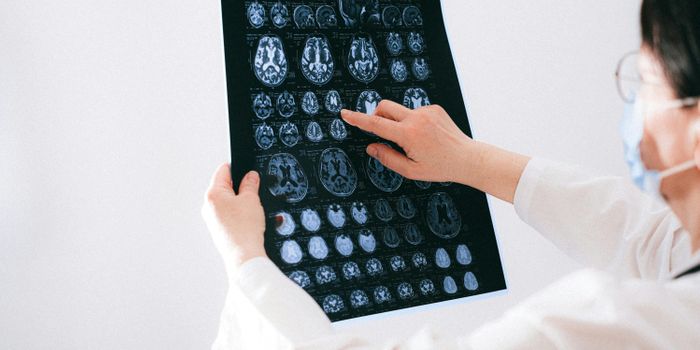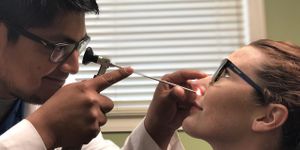Study Finds Smoking Cannabis and Tobacco Alters the Brain's Bliss Molecule
A study led by McGill University researchers found that adults who use both cannabis and tobacco revealed distinct brain changes compared to individuals who solely use cannabis. The study indicated that fatty acid amide activity (FAAH) plays a critical role in reducing anandamide’s impact on the endocannabinoid system (ECS). The findings published in Drug and Alcohol Dependence Reports provide the first evidence that a molecular mechanism may explain why individuals who co-use cannabis and tobacco experience worse outcomes than those who only use tobacco or cannabis.
The researchers analyzed scans from 13 young adults to observe fatty acid amide hydrolase (FAAH) activity. FAAH is the enzyme that breaks down anandamide, a naturally occurring molecule known as the “bliss molecule” for its role in mood regulation. The research team divided participants into two groups: eight who only smoked cannabis and five who smoked cannabis and cigarettes daily. Cannabis users averaged roughly one gram per day, while cigarette use ranged from one to 12 per day.
The team collected demographic information and drug use history via semi-structured interviews. They used the Fagerstrom Test for Nicotine Dependence to assess nicotine dependence. The study required participants to abstain from cannabis for 12 hours prior to the scheduled PET scan, but tobacco users could smoke cigarettes.
The PET brain scans revealed that participants who used both cannabis and tobacco had higher levels of FAAH compared to participants who only used cannabis. Higher FAAH may predict worse clinic outcomes for participants who smoke cannabis and tobacco.
Lead study author and Associate Professor of Psychiatry Dr. Rachel Rabin Professor in McGill’s Department of Psychiatry explained, “Identifying this mechanism is an important step toward finding targets for future medications to treat cannabis use disorder, especially among those that co-use tobacco.” Currently available treatments mainly include behavioral therapies, so novel therapies are critical to supporting abstinence and preventing cannabis use disorder (CUD).
The researchers noted that while tobacco-smoking rates are declining, most people who use cannabis also use tobacco. Since previous studies focused on cannabis and tobacco in isolation, this preliminary study addresses a critical gap in examining the interactions between tobacco use and ECS regulation. Further research can inform the development of novel therapeutic targets for the treatment of cannabis-tobacco co-use.
Sources: Drug and Alcohol Dependence Reports, Eureka News Alert, McGill University








